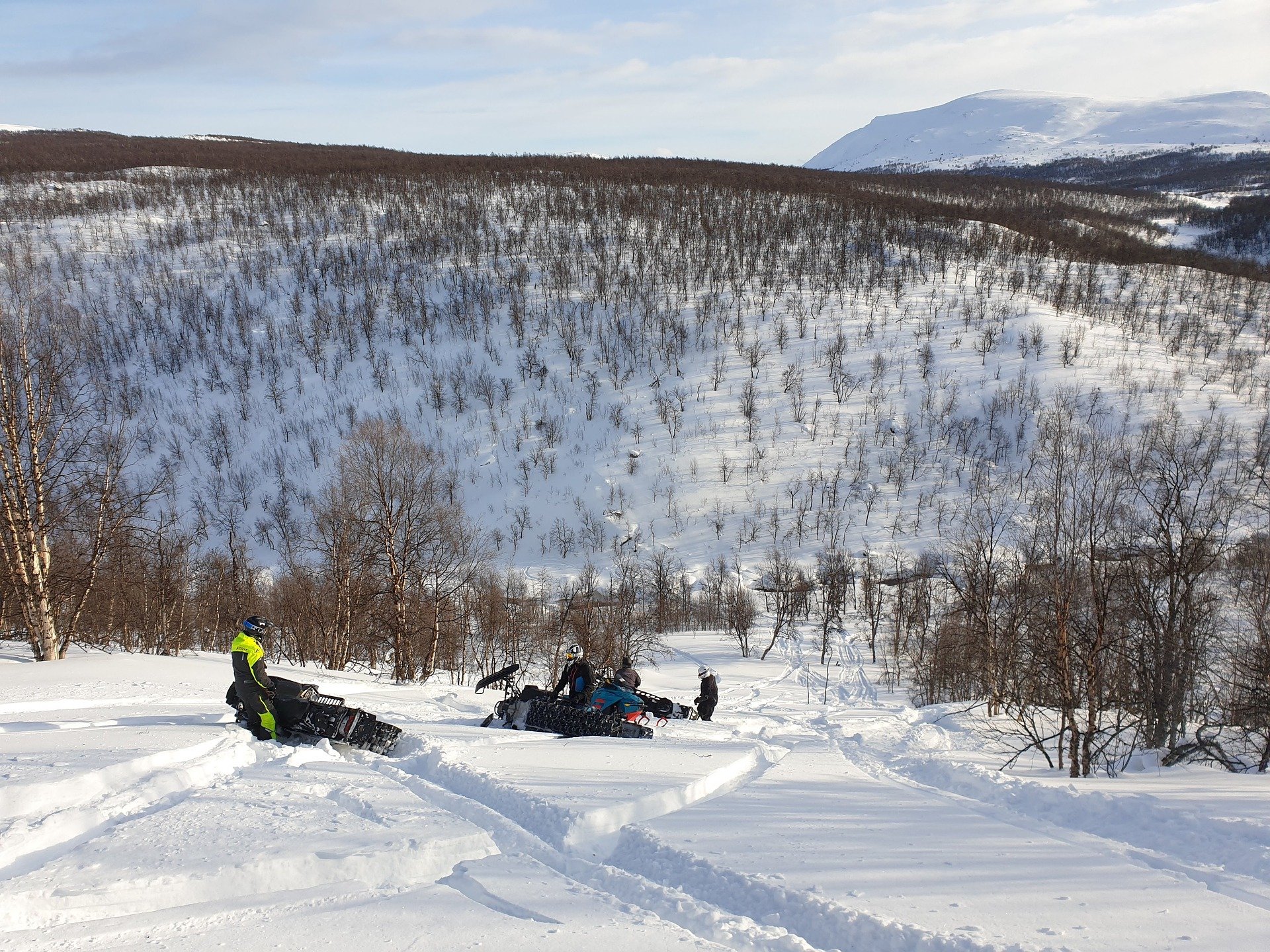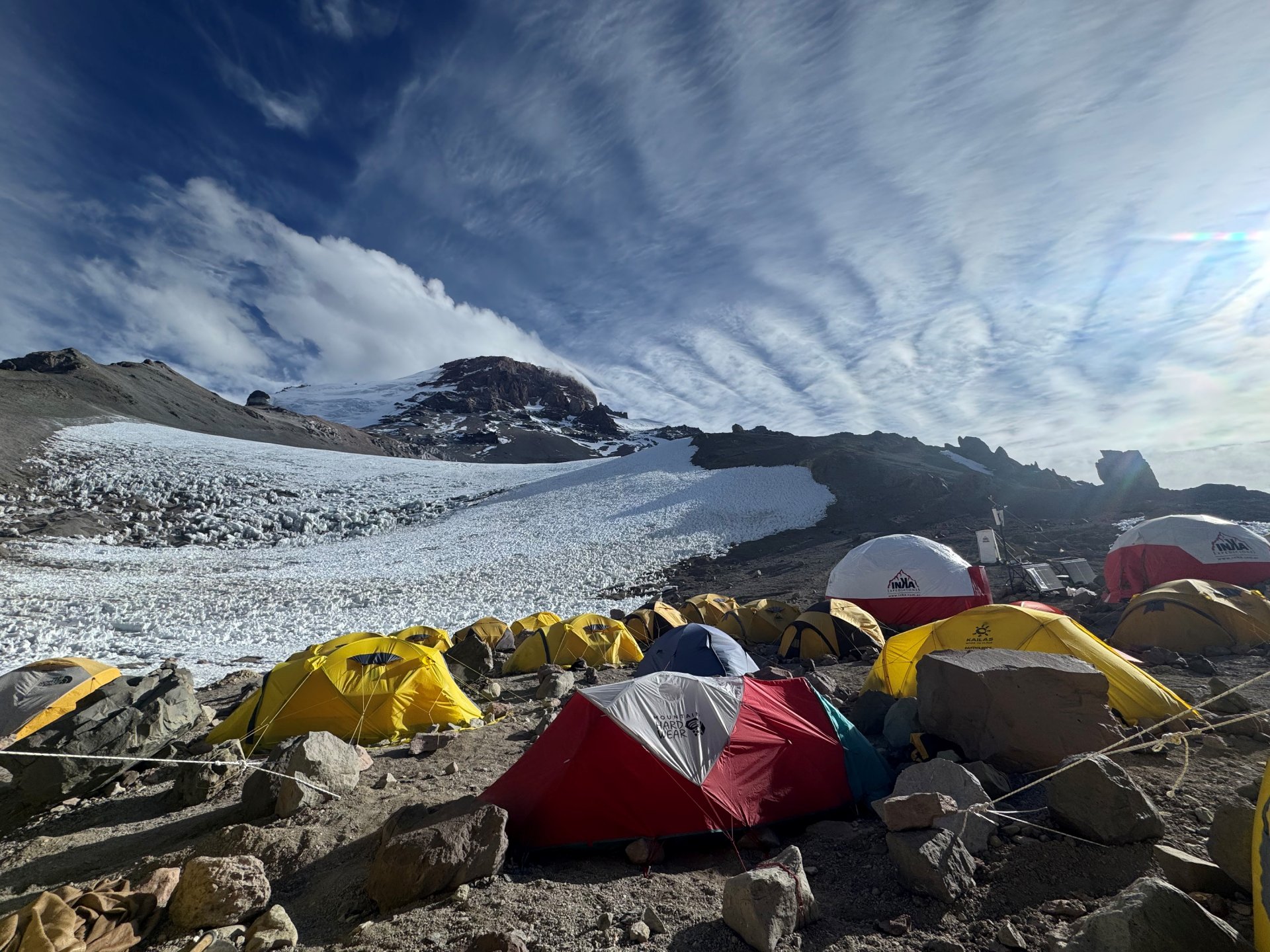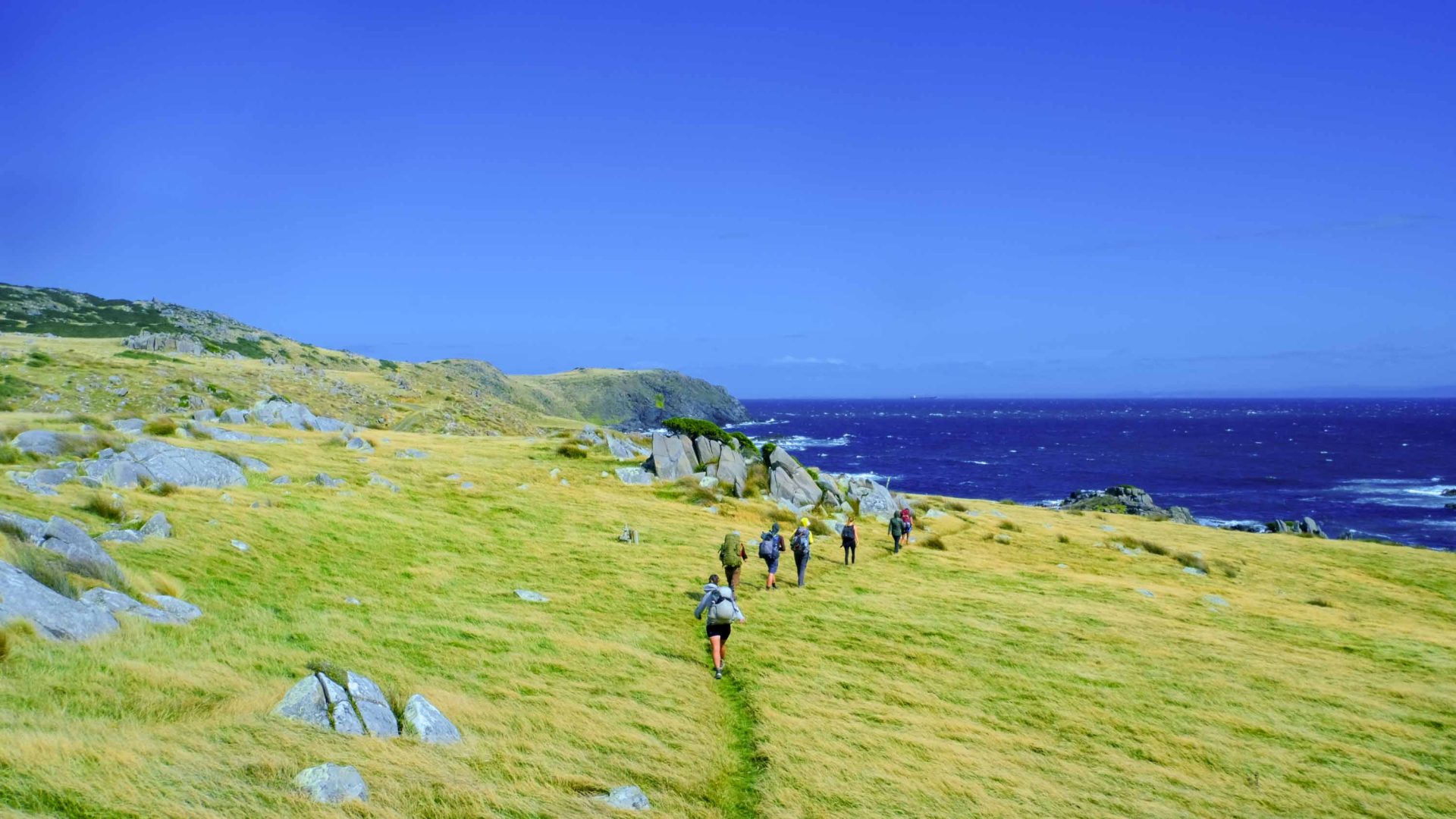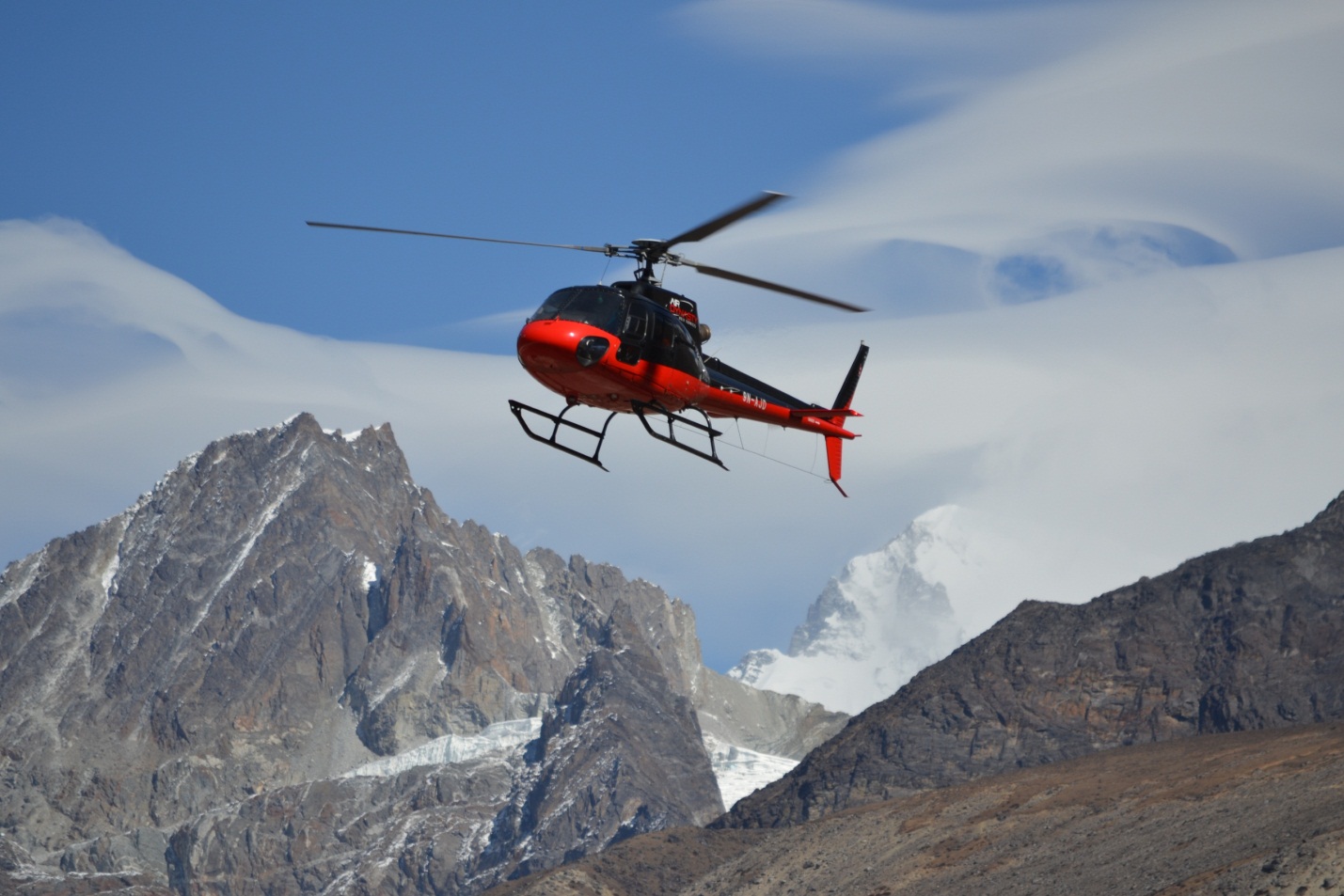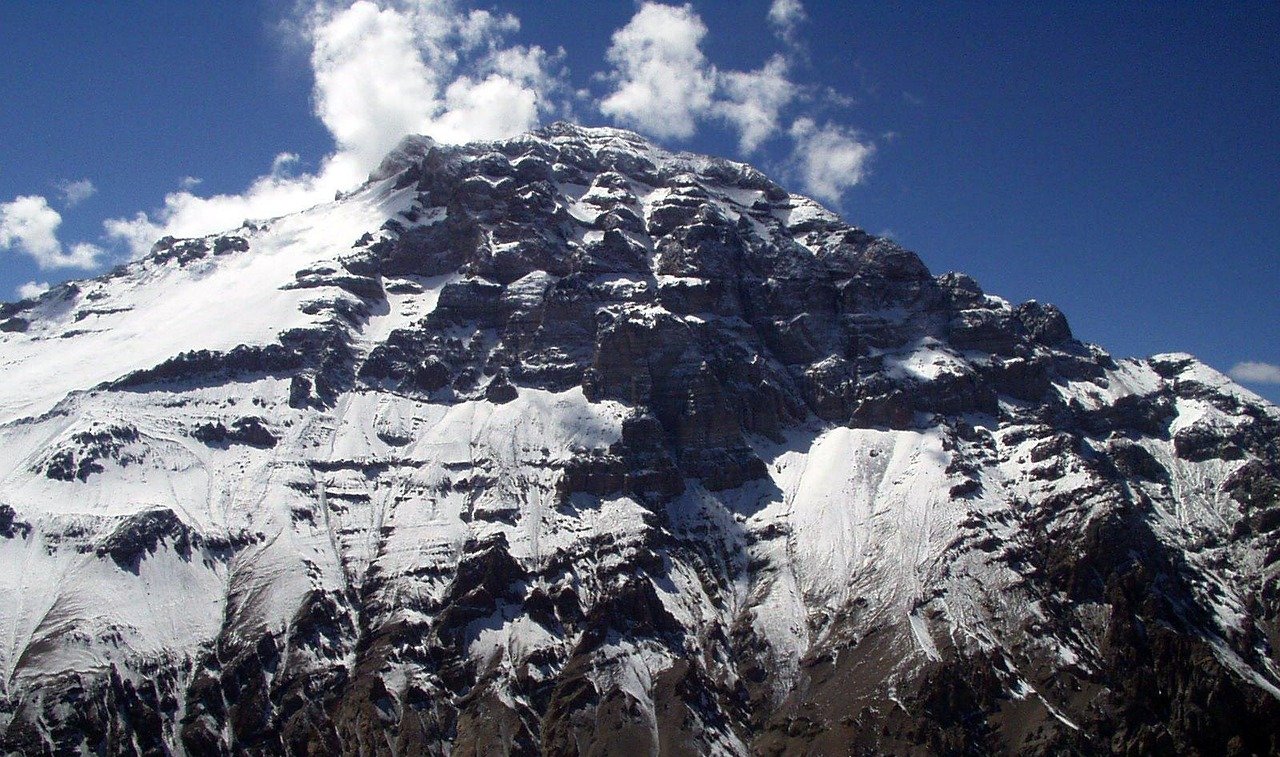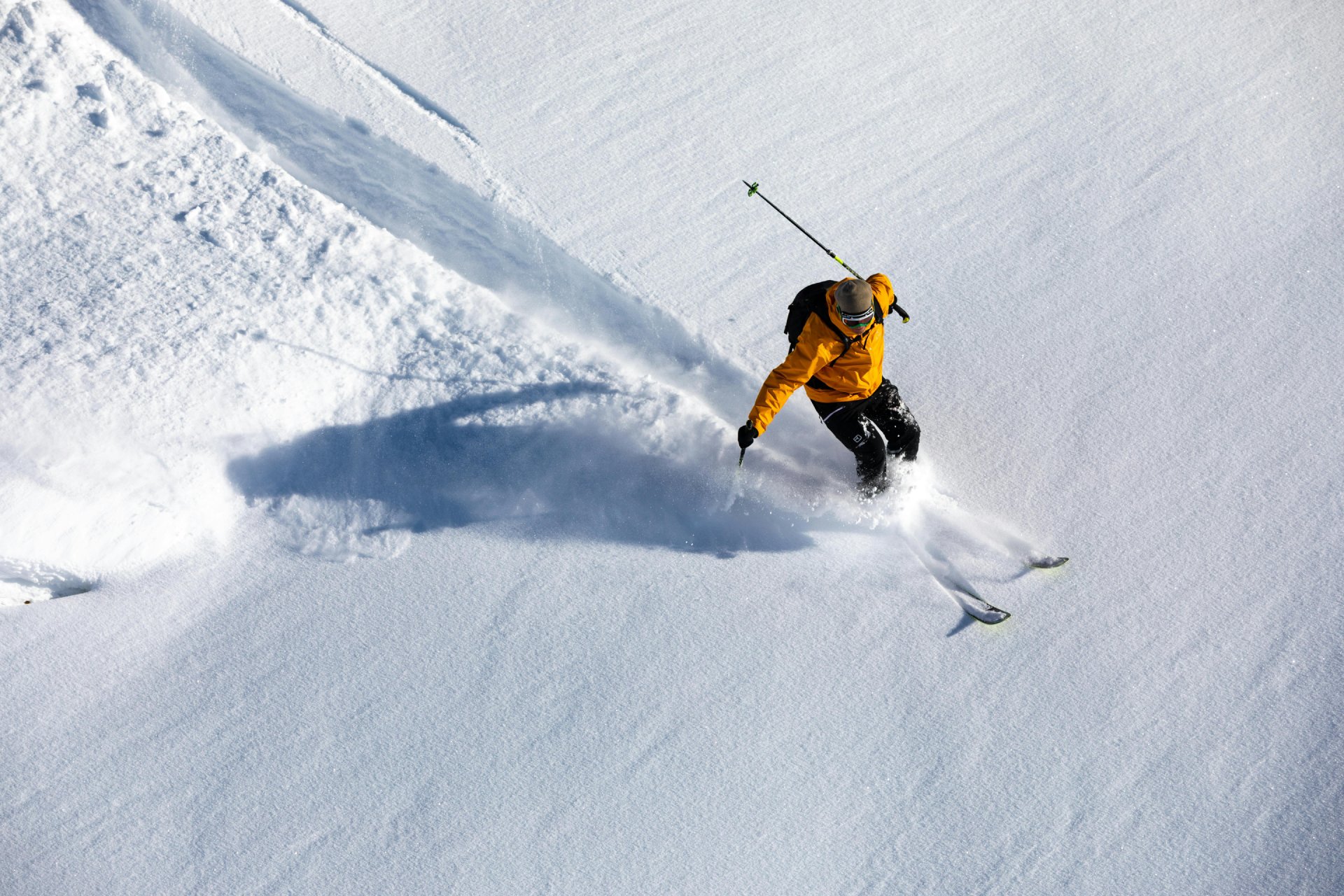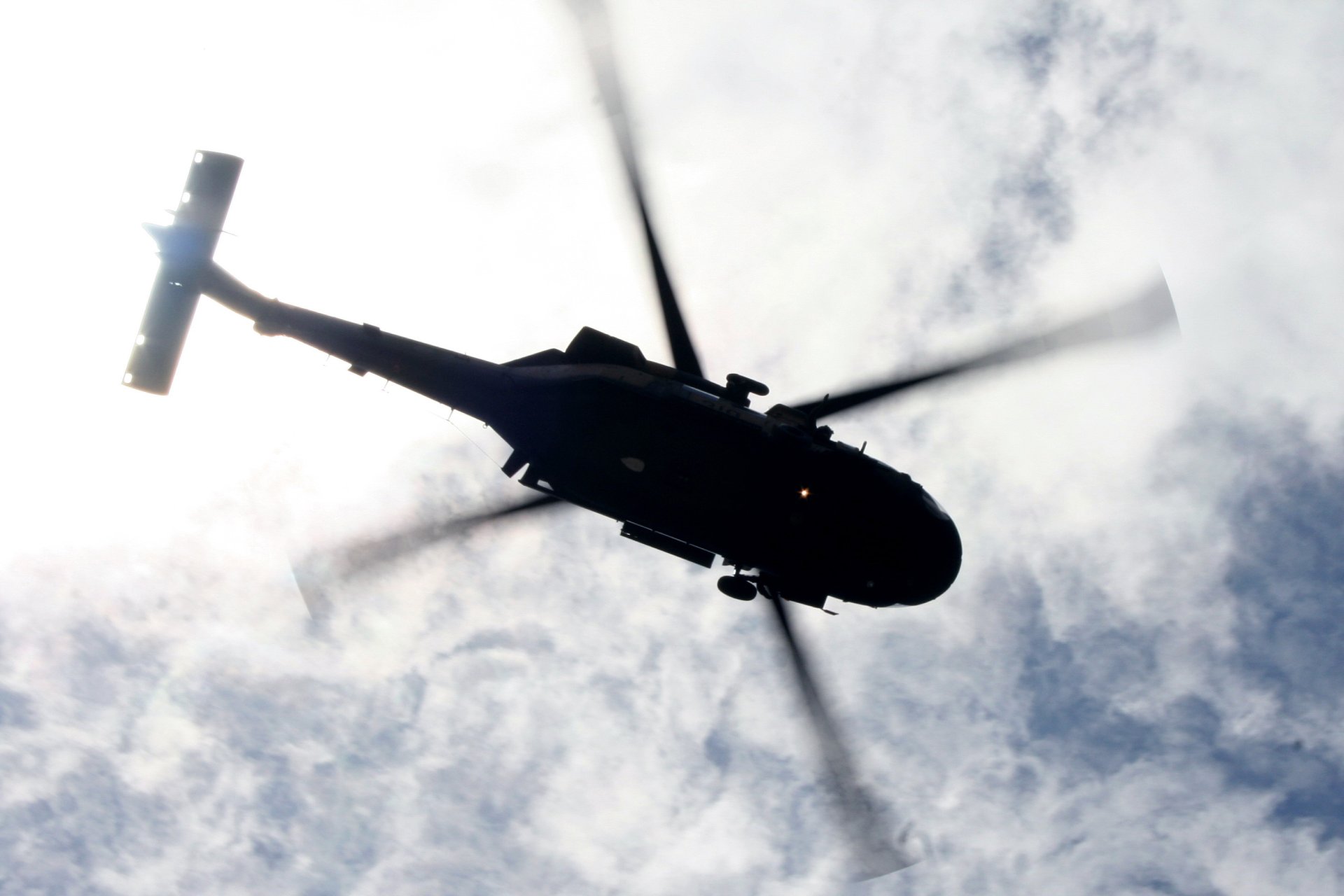Article Highlights:
Real-Life SOS Rescue Stories: A mountain climbing incident in New York, a snowstorm in Canada, a bike crash in Tennessee, and heat exhaustion in Arizona – all because a satellite communication device was used to contact Global Rescue for help.
Essential SOS Procedures: It’s critical to understand your device’s SOS features and procedures, and to provide contact information for Global Rescue to ensure timely and effective emergency assistance.
Importance of Preparation: Being prepared is essential and knowing how to use satellite communication devices in emergencies can be the difference between life and death during remote adventures.
Contacting Global Rescue Through a Satellite Device
You have planned an adventure. Perhaps you’re going to a destination where cell service is unreliable or embarking on a wilderness trip to a remote location. You have a two-way communication device, such as a satellite phone or satellite messaging and tracking device, just in case. But knowing how to use it in an emergency is essential – and could be the difference between life and death.
Global Rescue handles hundreds of emergencies and SOS calls for medical or security help every month. The following are a few highlights from recent emergency events from around the world.
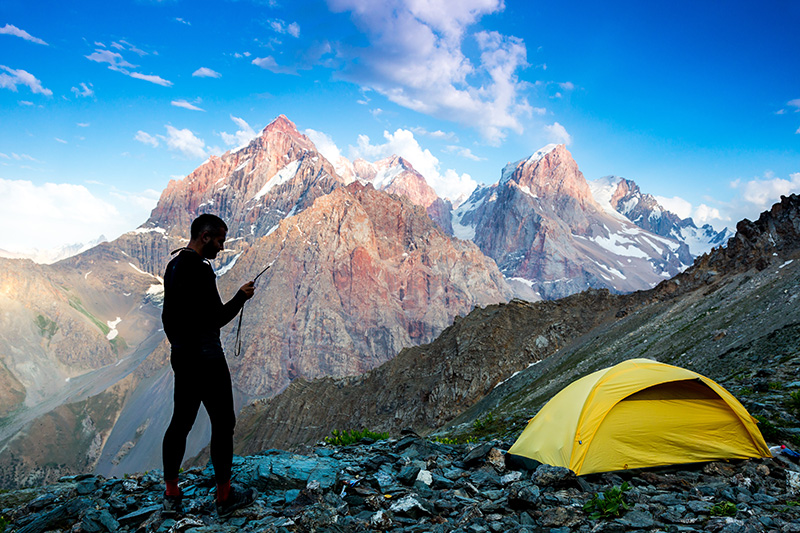
A Medical Scare in the Mountains of New York
Global Rescue operations received an SOS alert from a user but was unable to establish contact. Operations experts continued to try to establish contact with the sender. At the same time, operations personnel successfully contacted the user’s primary emergency contact who relayed that her husband went mountain climbing in the Lake Placid, NY, region and that the last message she received was that he had summited. The operations team notified local authorities and continued to reach out to the SOS sender. Minutes later, the operations team connected with the SOS sender and learned that his climbing partner suffered a medical emergency on the trail and that he was currently administering CPR. At that point, multiple emergency first responders were actively responding to assist and recover the climbers.
Trapped by Snowstorm in Canada
An extreme snowstorm threatened three hikers in Canada who sent an SOS for help since they couldn’t maintain shelter for the long term and would require assistance to get to safety. Fortunately, there were no medical emergencies reported and they confirmed that they had an ample supply of water, food and warm clothing for the immediate future. Following advice to shelter in place for the evening due to ongoing storms, the threesome waited out the storm while first responders prepared resources to rescue the trio. Search and rescue operations were stymied by the severe weather, but the trapped threesome were successfully rescued.
Bike Crash in Tennessee
Biking in parts of Tennessee’s Great Smoky Mountains is both popular and remote enough that cell service is unreliable, and sometimes non-existent. Fortunately, when a biker crashed on a slippery section of the road her husband was equipped with an SOS device, which he quickly activated. He reported to Global Rescue medical operations that his wife had severely injured her knee, was unable to walk and was in extreme pain. The couple suspected she had dislocated or fractured the leg. Operations personnel contacted local emergency first responders and relayed the coordinates of the injured biker and her husband. Shortly after, the SOS sender confirmed that the emergency medical services had arrived and that an ambulance was coming.
Airlifted to Safety in Scotland
Global Rescue operations received an SOS from a user to report his wife fell and severely injured her back. While providing basic medical advisory, the Global Rescue medical operations team notified Scotland’s first responders and coordinated the location of the injured woman. She was successfully airlifted to a hospital for treatment.
Lost on a New Mexico Trail?
A hiker sent Global Rescue an SOS after his friend went missing for several hours after going to a water source to wash up. He reported last seeing his friend at mile marker 23.1 of the Gila River Alternate. Global Rescue operations notified area emergency services and advised the SOS sender to remain at his current location and to shelter in place. Early the next afternoon, emergency services reported finding the missing hiker safe and well who informed rescue teams that he had been searching for his friend, the SOS sender, believing him to be lost.
Heat Exhaustion in Arizona
Global Rescue received SOS alerts from two separate people who were suffering from symptoms that could lead to heat exhaustion while in Arizona. In one case, Global Rescue notified emergency responders who dispatched a helicopter to the SOS sender’s location. Unfortunately, the chopper was unable to retrieve the couple but did drop an aid package for the couple who were later guided to safety by local authorities.
In another case, a trekker in the Grand Canyon sent an SOS to Global Rescue reporting that his friends were in bad shape due to heat exhaustion. One friend was experiencing nausea, low energy, cramps and overall weakness. The other friend showed similar symptoms, but less severe. Global Rescue notified Grand Canyon National Park emergency responders and provided coordinates to rescue the trekkers. While waiting for the rescue, Global Rescue operations provided medical advisory. The trekkers moved a few miles to be near water and rested overnight in hopes of recovering. Unfortunately, the two individuals did not improve, and local emergency responders successfully recovered them and brought them to safety.
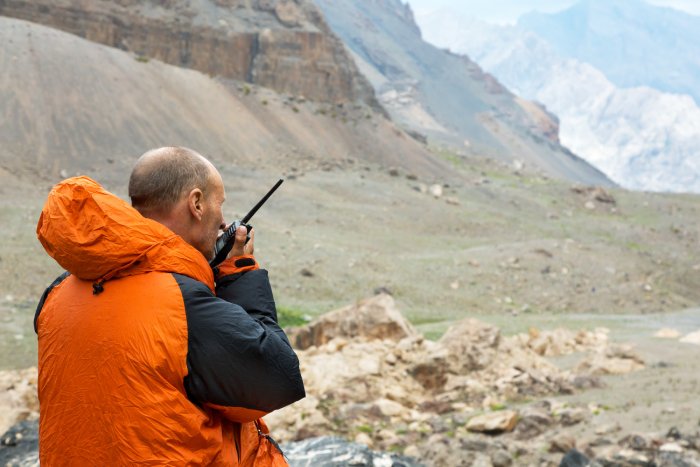
How To Send an SOS to Global Rescue
SOS device users should review the instructions regarding their device’s SOS features and procedures. Understand who receives the SOS message signal when it’s sent and what services the SOS monitoring provider offers. Contacting Global Rescue directly at +1 (617) 459-4200 or through a messaging device at ops@globalrescue.com or operations@globalrescue.com is the most straightforward way of obtaining service. Read How To Send an SOS: Two-way Communication Success for details about satellite device communications.


